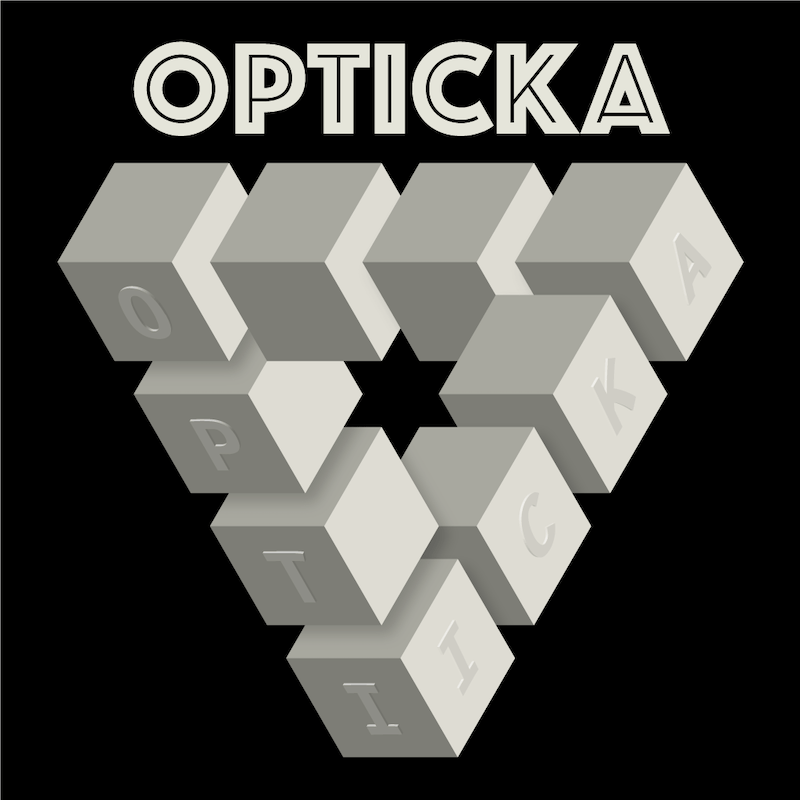 |
Opticka 2.16.1
Opticka is an experiment manager for behavioral research.
|
 |
Opticka 2.16.1
Opticka is an experiment manager for behavioral research.
|
Note only changes which may affect your use of Opticka will be detailed here, starting with V2.16.x
[!TIP] Please double-check changes in
DefaultStateInfo.mto see the changes for state machine files, this may inform changes you could add to your own state machine files...
OptickaFiles/savedData/ but now we use a folder hierarchy: subjectName / YYYY-MM-DD / SessionID / – the opticka MAT file will not change structure or content, but we will add extra metadata files to help data sharing in future releases.animationManager is upgraded (previously it used my own simple physics engine, which couldn't scale to many collisions). Opticka uses degrees, and we do a simple mapping of degrees > meters, so 1deg stimulus is a 1m object.Test it with: \ polarBoardStimulus, and improved polar gratings to mask with arc segments: polarGratingStimulus.dotlineStimulus - a line made of dots.pupilCoreStimulus – a calibration stimulus for pupil core eyetrackers.updateXY() method quickly updates the X and Y position without a full stimulus update(), used by the update animationManager.szPx szD xfinalD and yFinalD properties so we have both pixels and degrees values available.szIsPx property tells us whether the dynamically generated size at each trial is in pixels or degrees.nirSmartManager to support nirSmart FNIRS recording system.touchManager.arduinoManager can now use a raspberry pi GPIO if no arduino is present.Test Hardware menu to opticka GUI. You can use this to test that the reward system / eyetracker / recording markers are working before you do any data collection each day.optickaCore.geyKeys() – support shift key.runExperiment – better handling when no eyetracker is selected for a task that may have eyetracker functions.screenManager – update movieRecording settings. You pass screenManager.movieSettings.record = true to enable screen recording. Note that the movie is handled automatically, so: tobiiAnalysis and iRecAnalysis), in particular we integrate Nyström, M. & Holmqvist, K. 2010 toolbox to improve data cleaning.@()needFlip(me, false, 0); – add a 3rd parameter to control the flip of the eyetracker window. NOTE: the number 0=no-flip, 1=dontclear+dontforce, 2=clear+dontforce, 3=clear+force, 4=clear+force first frame then switch to 1 – dontclear=leave previous frame onscreen, useful to show eyetrack, dontforce=don't force flip, faster as flip for the tracker is throttled@()trackerTrialStart(eT, getTaskIndex(me)); & @()trackerTrialEnd(eT, tS.CORRECT) – this is a new function that handles the several commands that were used previously to send the trial start/end info to the eyetracker. As we increase the number of supported eyetrackers, it is better to wrap this in a single function. NOTE: we mostly use the Eyelink message structure to define trials, even for other trackers, which simplifies analysis later on.